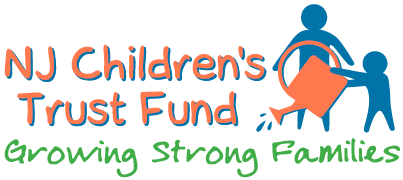Home > Reporting Child Abuse and Neglect > Indicators of Child Abuse/Neglect > Indicators of Child Abuse / Neglect
Indicators of Child Abuse / Neglect
Different types of abuse and neglect have different physical and behavioral indicators.
Physical Abuse
| Physical Indicators | Behavioral Indicators |
Unexplained bruises and welts:
|
Wary of adult contacts Apprehensive when other children cry Behavioral extremes:
Afraid to go home Reports injury by parents |
Physical Neglect
| Physical Indicators | Behavioral Indicators |
| Consistent hunger, poor hygiene, inappropriate dress Consistent lack of supervision, especially in dangerous activities or long periods Constant fatigue or listlessness Unattended physical problems or medical needs Abandonment |
Begging, stealing food Extended stays at school (early arrival and late departure) Constantly falling asleep in class Alcohol or drug abuse Delinquency (e.g. thefts) States there is no caregiver |
Sexual Abuse
| Physical Indicators | Behavioral Indicators |
| Difficulty in walking or sitting Torn, stained or bloody underclothing Pain or itching in genital area Bruises or bleeding in external genitalia, vaginal or anal areas Venereal disease, especially in pre-teens Pregnancy |
Unwilling to change for gym or participate in PE Withdrawn, fantasy or infantile behavior Bizarre, sophisticated or unusual sexual behavior or knowledge Poor peer relationships Delinquent or run away Reports sexual assault by caregiver |
Emotional Maltreatment
| Physical Indicators | Behavioral Indicators |
| Habit disorders (sucking, biting, rocking, etc.) Conduct disorders (antisocial, destructive, etc.) Neurotic traits (sleep disorders, speech disorders, inhibition of play) |
Behavior extremes:
|








